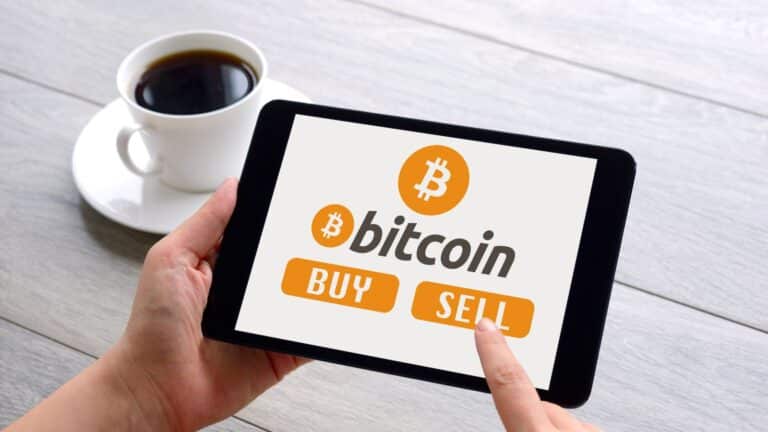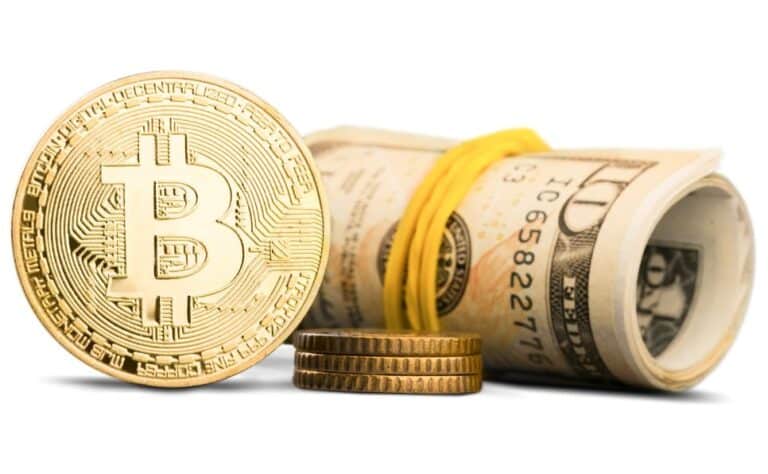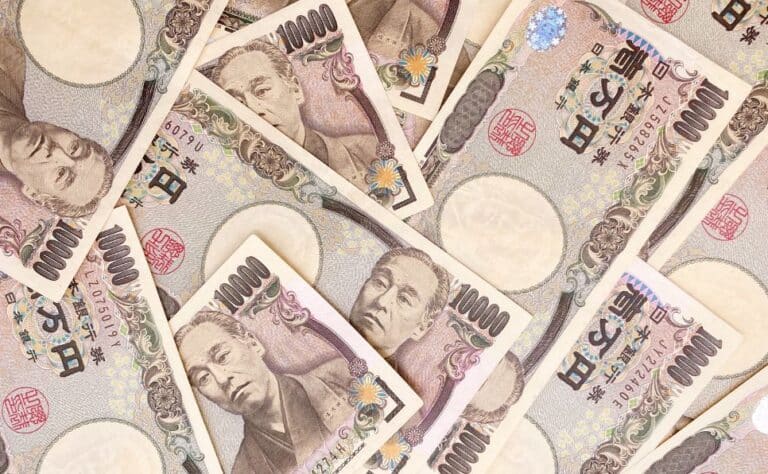The advent of NFTs (Non-Fungible Tokens) has changed the art industry dramatically, providing artists and creators with unprecedented opportunities for ownership, certification and financial success. This article explores the captivating world of NFTs, offering insights into their basic principles, and examines their impact on the artistic profession. Join us through a fascinating portrait of NFTs that sheds light on the institutional embrace of this digital movement that opens up the ways in which the art world as we know it.
- Understanding NFTs:
NFTs, unlike cryptocurrencies or fungible tokens, are unique digital assets that cannot be exchanged individually. Each NFT contains unique attributes and metadata, making it irreplaceable and unified. Built on blockchain technology, typically using Ethereum, NFTs provide an immutable record of ownership and provenance, ensuring authenticity and rarity.
- NFTs in the Art World:
The growing popularity of NFTs has opened up new possibilities for designers and manufacturers. Digital art that was previously difficult to adopt and monetize can now be tokenized and sold as NFTs. Artists can retain ownership rights and earn royalties whenever they resell their NFT, creating a sustainable income stream. Notably, NFT art platforms and marketplaces such as OpenSea, Rare and SuperRare have grown in popularity, connecting artists and collectors on an unprecedented scale.
- Exploring NFT Use Cases:
NFTs extend beyond the realm of art. They find applications in a variety of industries, including digital collectables, games, virtual worlds and tokenization of real-world assets. Digital collectables such as virtual business cards and rare gaming items have caught the attention of collectors and enthusiasts. Playgrounds and virtual worlds use NFTs to enhance the user experience, allowing players to own and trade unique virtual assets. Additionally, NFTs have the potential to tokenize and trade real-world assets, from real estate to intellectual property.
- NFTs and the Music Industry:
The music industry has also embraced the power of NFTs. Musicians can brand their music, giving fans a unique ownership experience. NFTs enable artists to sell exclusive content, concert tickets and backstage access directly to fans, creating closer relationships and additional revenue. NFTs can grant exclusive rights and royalties, ensuring that artists are compensated appropriately for their work.
- Benefits and Challenges of NFTs:
NFTs offer a range of benefits for artists, collectors and investors. Artists have more control over their work, have direct relationships with collectors, and earn royalties from secondary sales. Collectors can acquire verifiable, rare digital assets and display their collections in the digital realm. Investors have the opportunity to participate in a rapidly growing market and can benefit from NFT price appreciation. However, challenges such as environmental concerns and market volatility associated with the use of blockchain capabilities must be carefully considered.
- NFTs and the Future of Art:
NFT’s impact on the art world is deep and far-reaching. NFTs have the potential to democratize art, globalize participation, and disrupt traditional art market dynamics. As the industry evolves, we may see further innovations, including the integration of NFTs into physical art and traditional galleries. The art market is undergoing a digital transformation, and NFTs are at the forefront of this transformation.
- RockItCoin’s Role in NFTs:
As a leading player in the cryptocurrency industry, RockItCoin recognizes the transformative potential of NFTs and their convergence with blockchain technology. Embracing NFTs, RockItCoin aims to enhance user opportunities to explore and trade these unique digital wallets.
Conclusion:
The NFT ushered in a new era of digital ownership and creation, forever changing the way we perceive and engage with art. As NFTs evolve, there are unprecedented opportunities for artists and collectors alike to tap into the digital art market. The future promises exciting possibilities as NFTs reshape the art industry and redefine the way we view and experience digital, collectable art and art objects on the blockchain.








